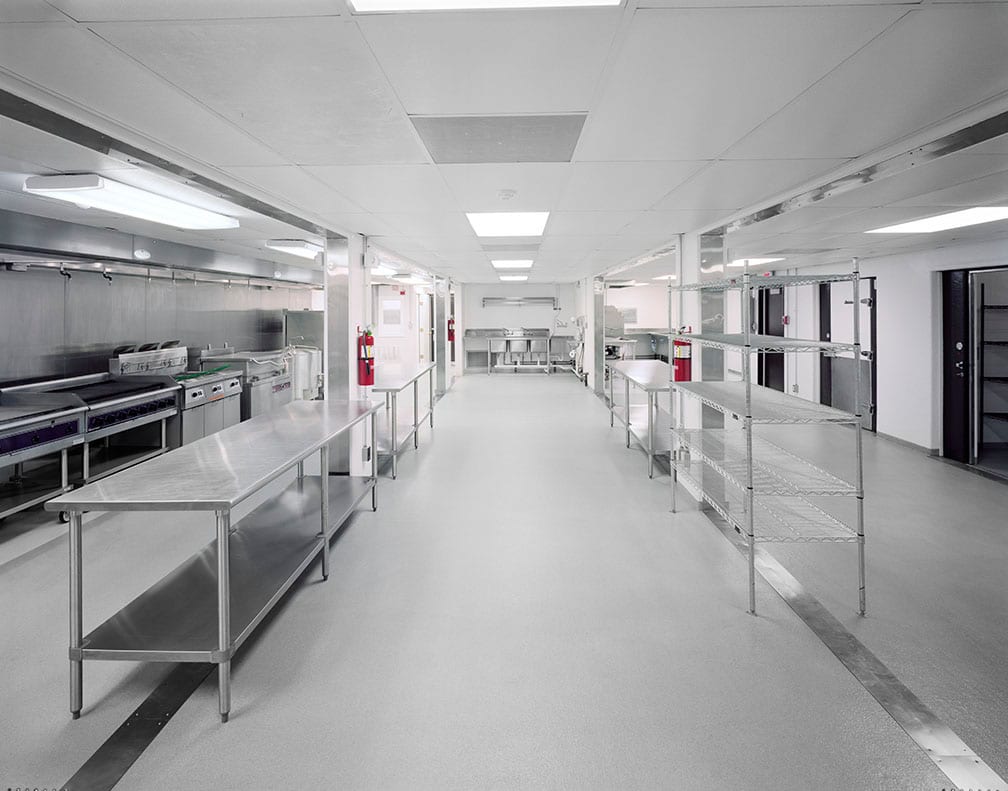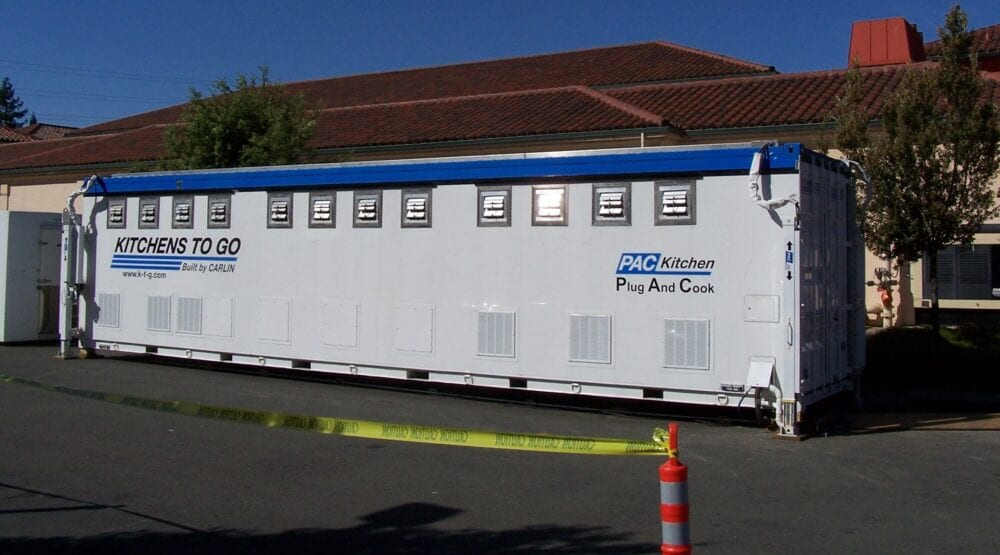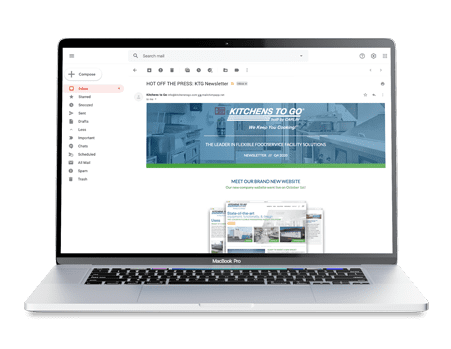Big projects almost never happen just the way you plan. If you’re planning a commercial kitchen renovation, you know the renovation is likely not to happen as smoothly as you would like. You need to scenario plan for the “what if’s” and plan ahead to avoid greater hassles and increased construction fatigue.
With any renovation project, time and cost are usually the two biggest factors. With phased construction, the cost will usually exceed a complete shutdown. The planning for phased construction is more intricate too. Phased construction will lead to a longer period of disruption and possible annoyance to you and the people you serve.
A complete shutdown may not be an option. You have people to serve and engaging an outside catering firm may be conceivable but not preferred. Daily outside catering is expensive, usually 2—30% more than in-house production, and you lose control over quality and food safety. Further, your people know that the food is catered and there may be a feeling of a lack of options and menu flexibility.
Generally, a temporary modular commercial kitchen is the least disruptive and most cost-effective solution. That’s why the U.S. Naval Academy, Harvard Business School, the University of Southern California, major hospitals and correctional institutions all over the country, Disney, Eli Lilly, Paramount Studios and the U.S Marines, among hundreds of others, including even an oil drilling rig, chose Kitchens To Go temporary modular commercial kitchens to lessen their construction fatigue. Smaller operations can benefit from a temporary kitchen, too—if you are feeding more than approximately 50 people a day, a temporary or mobile kitchen may be a solution for you.


Kitchens To Go provides mobile, modular and containerized solutions for projects of any timeframe. Markets and conditions are changing constantly, however, so please connect with us to find out what options are currently available for your project’s need and timeline.

Stay up to date with Kitchens To Go by signing up for our quarterly newsletter! Be among the first to hear about news, product innovation and the all ways KTG Keeps You Cooking!
131 West Jefferson Ave,
Suite 223
Naperville, IL 60540
Phone: 866-499-5481
Fax: 630-355-1610
9876 West Old Road,
US 30
Etna Green, IN 46524
